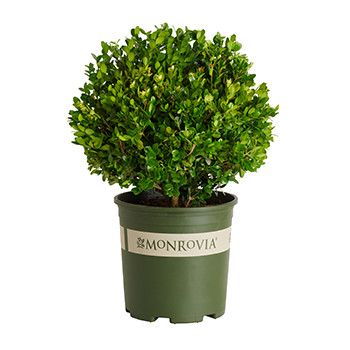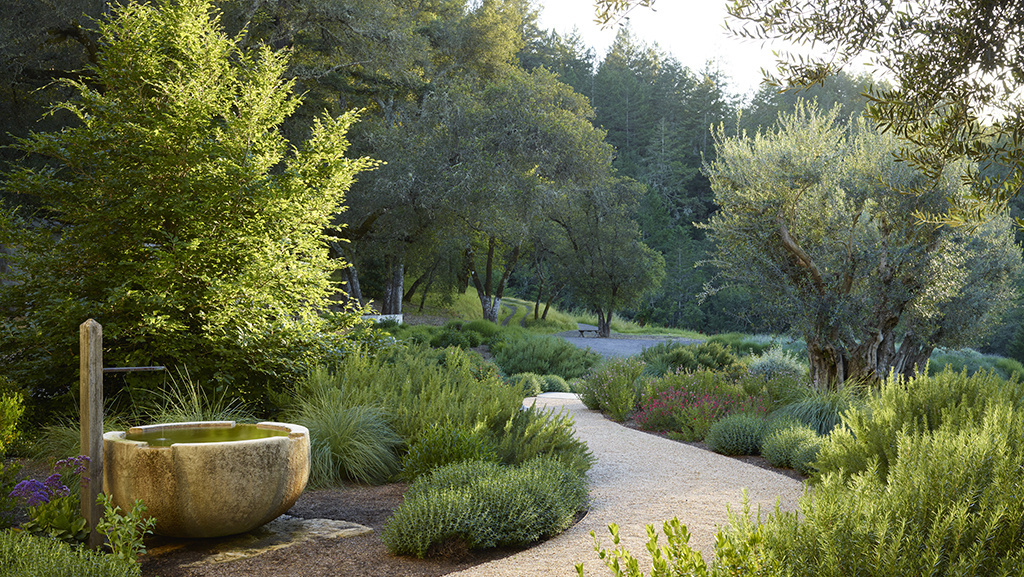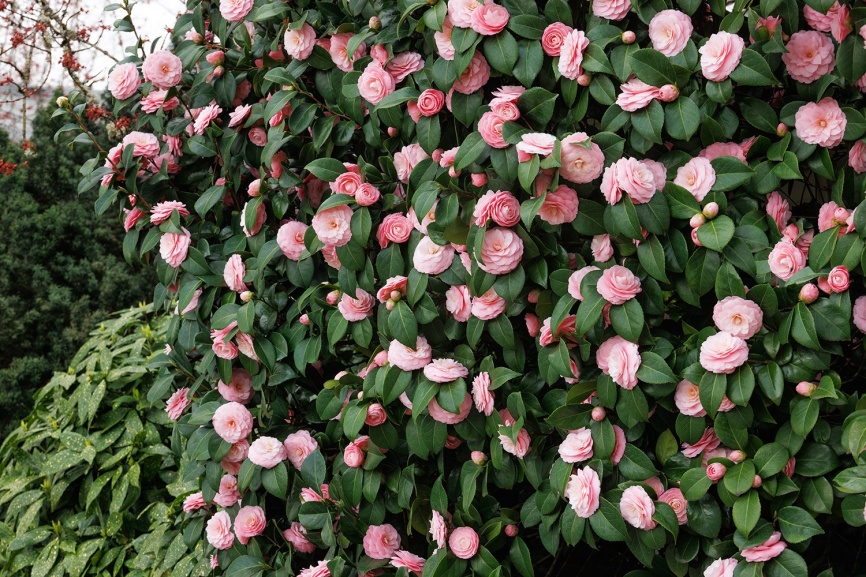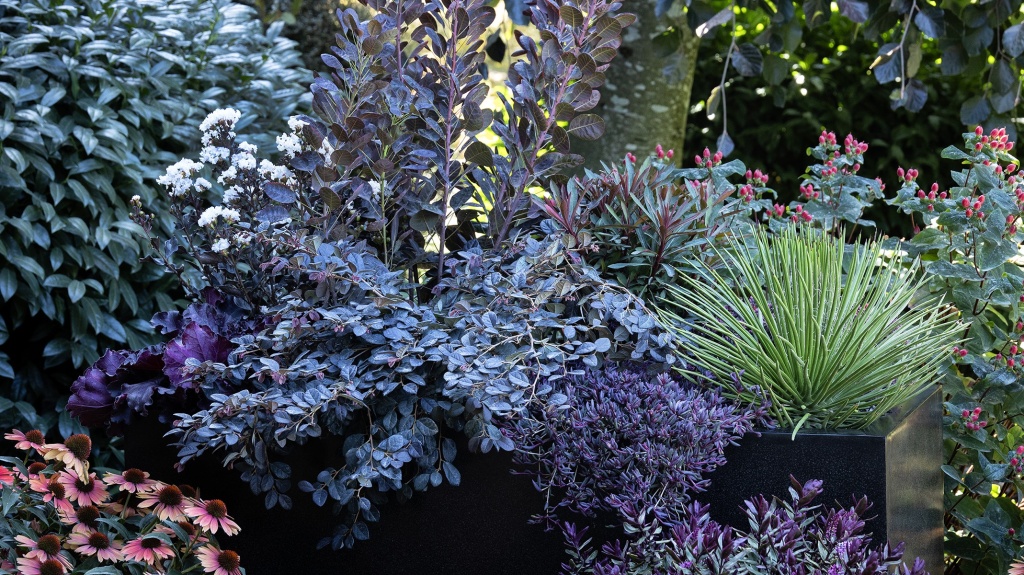You're growing in this Zip Code:
Change LocationDiscover Plants for Your Area
Ray of Light Fox Tail Agave
Agave attenuata 'AGAVWS' PP #21,854
Retailers Near You
| Description | Wide, green, pliable leaves with a crisp white streak along each margin emerge from a tight center, creating a stunning focal point. Adds texture to smaller spaces and patio containers. Mature plants produce a tall vertical flower stalk that reflexes back towards the ground before arching up again like a fox tail. Evergreen. |
|---|---|
| Bloom Time | Blooms at maturity, 10 to 15 years or older. |
| Deciduous/Evergreen | Evergreen |
| Special Features | Dramatic Foliage Color, Easy Care, Waterwise |
| Problems/Solutions | Coastal Exposure, Deer Resistant, Rabbit Resistant |
| Growth Rate | Moderate |
| Flower Attributes | Showy Flowers |
| Patent Act | Asexual reproduction of plants protected by the Plant Patent Act is prohibited during the life of the patent. |
| Landscape Use | Border, Container |
| Design Ideas | A wonderfully versatile plant that thrives in warm and humid subtropical or Mediterranean climates. With simple yet supple lines, graceful form and contrasting color, it will easily stand on its own as a specimen plant, create a stunning affect in mass plantings, or work well with a mixed palette of plants. Can be used in tandem with more heat hardy, dry desert plants if it is given some protection from the intense summer heat and some supplemental water. Plant to clump under the canopy of a desert willow or fruitless olive or pineapple guava, to create visual interest with its bold texture contrasting with their smaller, more subdued leaves. |
| Flower Color | Yellow |
| Foliage Color | Variegated |
| Companion Plants | Blue Fescue (Festuca glauca); Hummingbird Mint (Agastache); Yarrow (Achillea); Sedum (Sedum); Euphorbia (Euphorbia) |
| Care Instructions | Provide lean to average, well-drained soil. Thrives in full sun to part shade in cool coastal areas; part shade or away from reflected heat in desert and hot summer areas. Drought tolerant once established in cooler regions; needs regular water in hotter summer regions. Fertilize sparingly when new growth begins in spring. |
| History | The Agave attenuata species originates from the central western region of Mexico, and can be found in rocky habits and near stream beds. The A. attenuata is less cold and drought hardy than agave species native to higher desert regions of northern Mexico and the Southwestern United States. This cultivar was discovered in 2003 by Graeme John Burton of Ohaupo, New Zealand as a sport of Agave attenuata 'Tandarra's Tiger' in a greenhouse in Hamilton, New Zealand. One of the newest succulents introductions in the Tessera collection from Plug Connection, it received US Plant Patent 21,854 in April 201. |
| Description | Wide, green, pliable leaves with a crisp white streak along each margin emerge from a tight center, creating a stunning focal point. Adds texture to smaller spaces and patio containers. Mature plants produce a tall vertical flower stalk that reflexes back towards the ground before arching up again like a fox tail. Evergreen. |
|---|---|
| Bloom Time | Blooms at maturity, 10 to 15 years or older. |
| Deciduous/Evergreen | Evergreen |
| Special Features | Dramatic Foliage Color, Easy Care, Waterwise |
| Problems/Solutions | Coastal Exposure, Deer Resistant, Rabbit Resistant |
| Growth Rate | Moderate |
| Flower Attributes | Showy Flowers |
| Patent Act | Asexual reproduction of plants protected by the Plant Patent Act is prohibited during the life of the patent. |
| Landscape Use | Border, Container |
|---|---|
| Design Ideas | A wonderfully versatile plant that thrives in warm and humid subtropical or Mediterranean climates. With simple yet supple lines, graceful form and contrasting color, it will easily stand on its own as a specimen plant, create a stunning affect in mass plantings, or work well with a mixed palette of plants. Can be used in tandem with more heat hardy, dry desert plants if it is given some protection from the intense summer heat and some supplemental water. Plant to clump under the canopy of a desert willow or fruitless olive or pineapple guava, to create visual interest with its bold texture contrasting with their smaller, more subdued leaves. |
| Flower Color | Yellow |
| Foliage Color | Variegated |
| Companion Plants | Blue Fescue (Festuca glauca); Hummingbird Mint (Agastache); Yarrow (Achillea); Sedum (Sedum); Euphorbia (Euphorbia) |
| Care Instructions | Provide lean to average, well-drained soil. Thrives in full sun to part shade in cool coastal areas; part shade or away from reflected heat in desert and hot summer areas. Drought tolerant once established in cooler regions; needs regular water in hotter summer regions. Fertilize sparingly when new growth begins in spring. |
|---|
| History | The Agave attenuata species originates from the central western region of Mexico, and can be found in rocky habits and near stream beds. The A. attenuata is less cold and drought hardy than agave species native to higher desert regions of northern Mexico and the Southwestern United States. This cultivar was discovered in 2003 by Graeme John Burton of Ohaupo, New Zealand as a sport of Agave attenuata 'Tandarra's Tiger' in a greenhouse in Hamilton, New Zealand. One of the newest succulents introductions in the Tessera collection from Plug Connection, it received US Plant Patent 21,854 in April 201. |
|---|
Retailers Near You
About Us
We have been pioneers and craftsmen in the art of growing plants for nearly
100 years. Since our founding in Southern California by Harry E. Rosedale, Sr.
in 1926, we have been absolutely dedicated and obsessed with quality.
We have been pioneers and craftsmen in the art of growing plants for nearly 100 years. Since our founding in Southern California by Harry E. Rosedale, Sr. in 1926, we have been absolutely dedicated and obsessed with quality.








